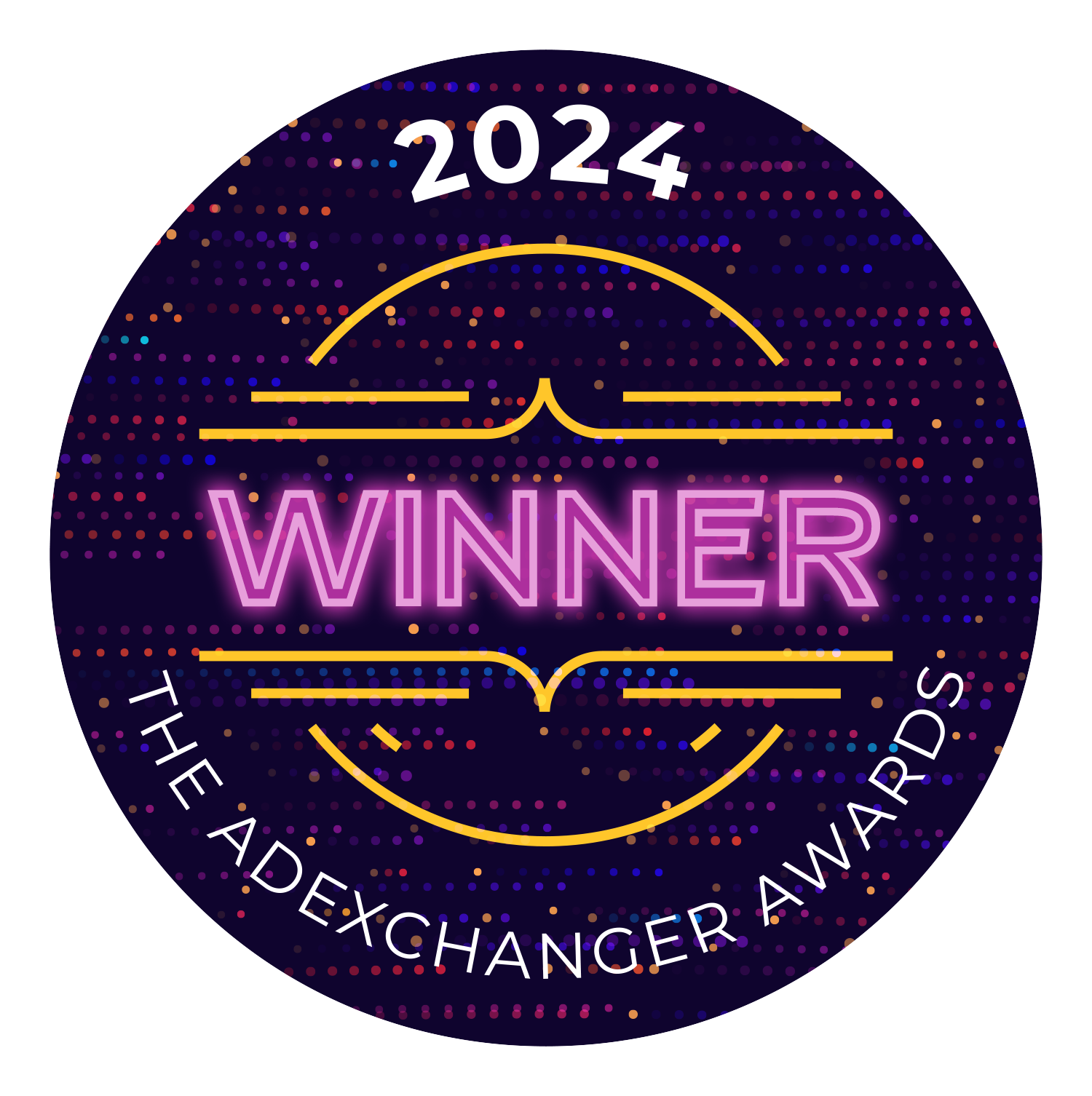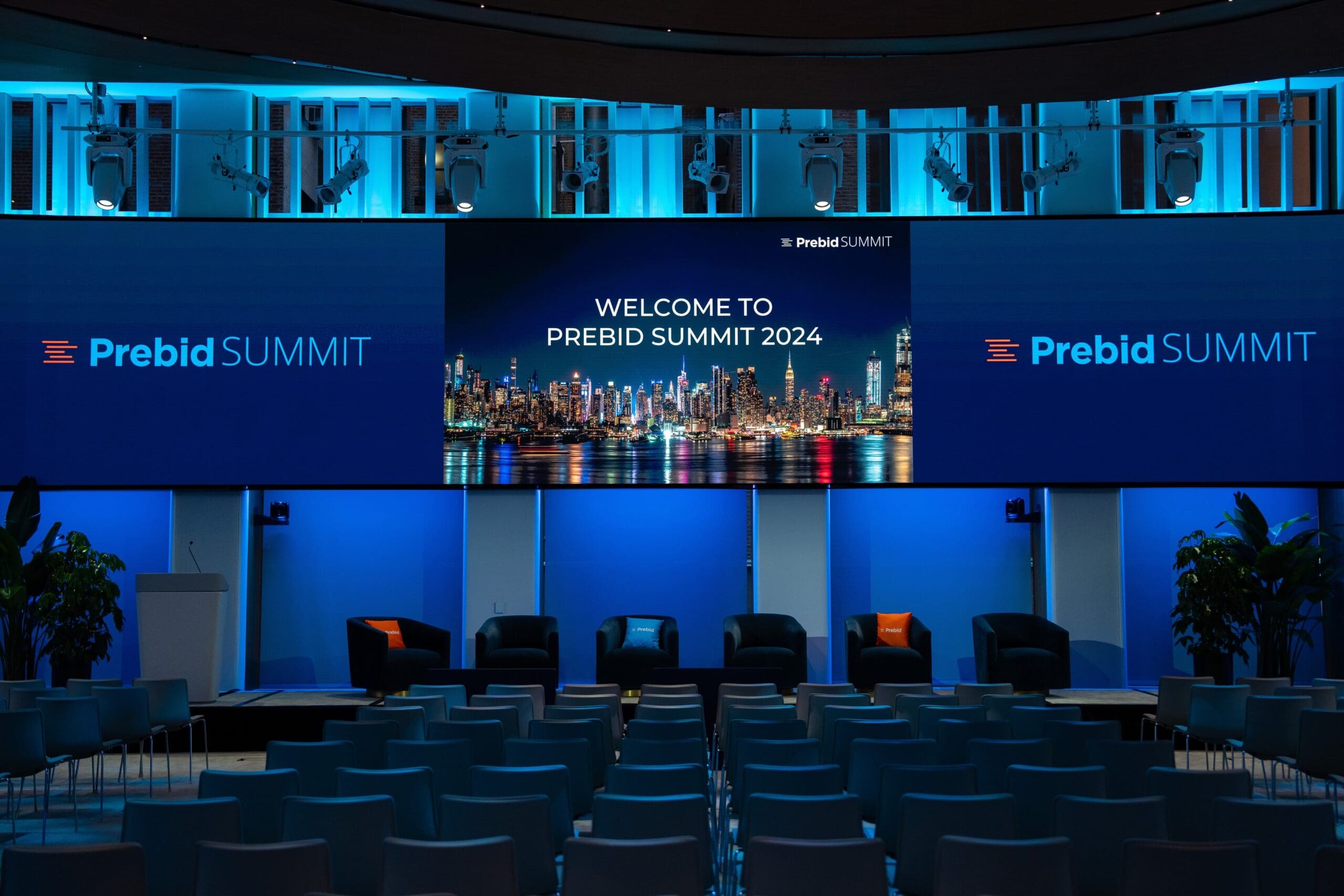The year 2024 marks a significant shift in the advertising industry. Data collaboration, once a buzzword, is rapidly becoming a strategic necessity. A perfect storm drives this transformation: stricter privacy regulations, the phasing out of third-party cookies, and a growing need for effective audience targeting. Let’s delve deeper into why data collaboration is crucial and how it will reshape the advertising ecosystem.
Understanding Data Collaboration
Think of data collaboration as a team effort where advertisers join forces with different data sources to get a complete picture of their audience. Instead of relying solely on their data, like website visits or purchase histories, advertisers can also use data from partners, such as loyalty programs and social media platforms. This teamwork creates a more accurate view of potential customers, which is crucial now that traditional data collection methods are less reliable.
Why Data Collaboration Matters
With the phasing out of third-party cookies and new privacy laws like GDPR and CCPA, advertisers need new ways to understand their audience—data collaboration steps in to fill this gap. For example, Adapex’s Data Refinery integrates and analyzes diverse datasets using AI and machine learning. This enhances targeting precision and campaign performance but also ensures compliance with privacy standards. It’s a perfect example of how data collaboration can drive smarter marketing decisions.
Real-World Applications
Imagine a clothing retailer using data collaboration. By combining their own sales data with social media trends and loyalty program insights, they can identify what styles are trending and what their customers are likely to buy next. This allows them to tailor their advertising to individual preferences, leading to more effective campaigns and happier customers.
Challenges in Today’s Advertising Landscape
The digital advertising world is facing significant challenges:
- Privacy Regulations: Laws like GDPR and CCPA require advertisers to get explicit user consent and be transparent about their data practices. This makes traditional tracking methods less effective.
- Third-Party Cookie Deprecation: With browsers phasing out third-party cookies, advertisers need new ways to track user behavior and target ads without relying on cross-site tracking.
- Erosion of Device Signals: Initiatives like Apple’s ITP and ATT frameworks limit the availability of device identifiers, complicating cross-domain tracking and user identification.
Technological Advancements Leading the Way
Fortunately, advancements in technology are making data collaboration more effective:
- AI and Machine Learning: These technologies can process massive datasets and reveal patterns that humans might miss. They enable predictive modeling, helping advertisers anticipate customer behavior and optimize their campaigns.
- Universal Identifiers: As third-party cookies disappear, universal identifiers help track user behavior across platforms, ensuring accurate targeting and measurement while respecting privacy.
- Data Clean Rooms: These secure environments allow multiple parties to analyze data together without exposing sensitive information. They enable privacy-compliant data sharing and enhance audience insights.
Industry Shifts and Evolving Strategies
The advertising industry is adapting in several ways:
- Walled Gardens and Retail Media Platforms: Platforms like Facebook and Amazon offer rich first-party data, providing valuable insights for advertisers while adhering to privacy regulations.
- Regulatory Focus on Privacy: Advertisers must adopt privacy-centric data practices to stay compliant and build trust with consumers.
- Data Monetization: Companies can generate new revenue streams by sharing their data with partners, making data collaboration a profitable venture.
The Benefits of Data Collaboration
- Enhanced Audience Intelligence: Combining data from various sources gives advertisers a deeper understanding of customer behavior, enabling precise targeting.
- Improved Campaign Performance: Comprehensive audience profiles lead to better-targeted messages and more effective campaigns.
- New Revenue Streams: Businesses can monetize their valuable data by collaborating with partners, incentivizing further investment in data collection and analysis.
A Collaborative Future for Advertisers
Data collaboration is fostering stronger partnerships between brands, agencies, and media owners, leading to more effective customer acquisition and media investment. It bridges the gap between advertisers and publishers, reducing reliance on third-party cookies and enabling more efficient strategies.
Looking Forward: A More Ethical and Resilient Industry
By embracing data collaboration and privacy-centric practices, the advertising industry can navigate the challenges of a post-cookie world. This approach ensures personalized experiences for consumers while respecting privacy and complying with regulations.
Conclusion
As we move through 2024, data collaboration is no longer optional—it’s essential. By leveraging this strategy, advertisers can thrive in a changing privacy landscape, gain deeper audience insights, and deliver impactful advertising campaigns. Data collaboration is no longer optional—it’s essential for thriving in a changing privacy landscape and delivering impactful advertising campaigns. The future of advertising is collaborative, and the time to start is now.













